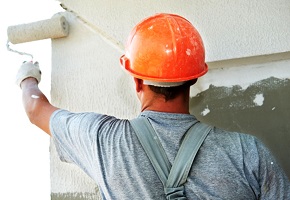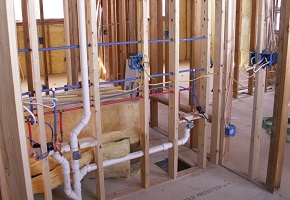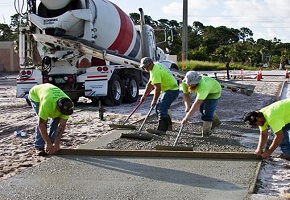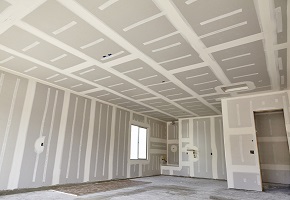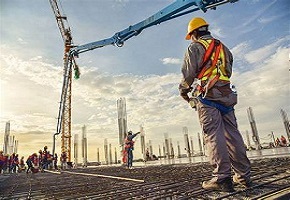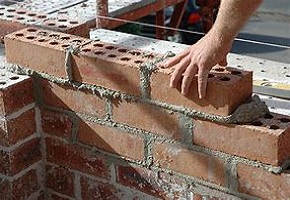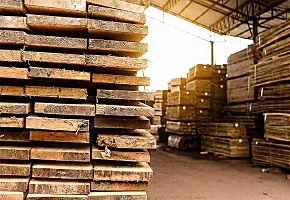
Sustainability is no longer just a trend—it has become a core component of the construction industry in Miami. As climate change concerns grow and environmental regulations become stricter, contractors must integrate sustainable practices into their projects. Green building practices not only help reduce carbon footprints but also provide financial benefits, improve project efficiency, and create long-term savings. Sustainable construction is now a crucial element in the bid estimating process, influencing project costs, client expectations, and regulatory compliance.
The Rising Demand for Green Building in Miami
With Miami being highly vulnerable to climate change and rising sea levels, developers and city planners are prioritizing sustainability more than ever. Green construction techniques, such as using energy-efficient materials, incorporating renewable energy solutions, and implementing water conservation systems, are now standard expectations for many projects. This shift in demand means that contractors who incorporate sustainable solutions in their bids have a higher chance of securing projects, as clients and investors are looking for long-term environmental responsibility and cost efficiency.
Cost Savings Through Energy Efficiency
One of the biggest benefits of sustainable construction is the reduction in operational costs. Buildings designed with energy efficiency in mind consume less electricity and water, which results in lower utility bills over time. While initial costs for sustainable materials or technologies may be higher, the long-term savings make these investments worthwhile. Contractors who highlight these cost benefits in their bid estimates can present a stronger case for their proposals. Energy-efficient windows, LED lighting, solar panels, and smart HVAC systems are some of the elements that can significantly cut energy consumption and increase a building’s value.
Compliance with Environmental Regulations
Miami has some of the strictest building regulations when it comes to sustainability and environmental compliance. New construction projects must adhere to green building codes, stormwater management guidelines, and energy efficiency standards. Failure to comply with these regulations can lead to fines, project delays, and increased costs. When estimating bids, contractors must factor in the expenses associated with compliance, including energy audits, permits for green certifications, and waste management solutions. Ensuring that all materials and processes meet Miami’s sustainability standards not only helps with compliance but also enhances the credibility of a contractor’s proposal.
Competitive Advantage and Market Positioning
Contractors who embrace sustainable construction practices gain a competitive advantage in Miami’s growing green building market. Many developers and government agencies are prioritizing contractors with experience in Leadership in Energy and Environmental Design (LEED) certification and other sustainability credentials. Being able to showcase past projects that meet high environmental standards makes contractors more attractive to prospective clients. Investing in sustainability training and certifications for staff can further boost a contractor’s reputation and market positioning.
The Role of Sustainable Materials in Cost Estimating
Green materials, such as recycled steel, bamboo, low-VOC paints, and sustainable concrete alternatives, are becoming more popular in Miami construction. However, their costs can vary significantly based on availability and sourcing. When preparing bid estimates, contractors must carefully evaluate the costs of sustainable materials versus traditional materials and highlight their long-term benefits. Additionally, Miami contractors should establish strong relationships with suppliers of eco-friendly products to ensure competitive pricing and availability for future projects.
Waste Reduction and Sustainable Construction Practices
Minimizing construction waste is another essential aspect of sustainability. Miami contractors are increasingly incorporating waste reduction strategies such as prefabrication, modular construction, and deconstruction instead of demolition. By reducing waste sent to landfills and maximizing material reuse, contractors can lower disposal costs and appeal to environmentally conscious clients. Including waste reduction strategies in bid proposals can differentiate a contractor’s bid and make it more attractive to clients looking for responsible construction practices.
The Financial Incentives for Green Construction
Miami offers various incentives for developers and contractors who incorporate sustainable building practices. These incentives include tax credits, grants, and expedited permitting for green-certified projects. Contractors who are aware of these incentives and integrate them into their bid estimates can offer clients added financial benefits. Including available incentives in a proposal can make a bid more appealing by demonstrating potential savings beyond construction costs.
Future Trends in Sustainable Construction
As technology advances, sustainability in construction will continue to evolve. Innovations such as smart building systems, energy storage solutions, and carbon-neutral materials will play a more significant role in Miami’s construction industry. Contractors who stay ahead of these trends and continuously integrate new green technologies into their estimates will remain competitive in the bidding process.
Conclusion
Sustainability is no longer an option but a necessity in Miami’s construction industry. Contractors who integrate green building strategies into their bid estimating process will meet regulatory demands, attract eco-conscious clients, and secure more projects in an evolving market. As the demand for sustainable construction grows, bid estimators who prioritize environmental responsibility, cost-efficiency, and compliance will be the ones leading the industry forward.
 ™
™
